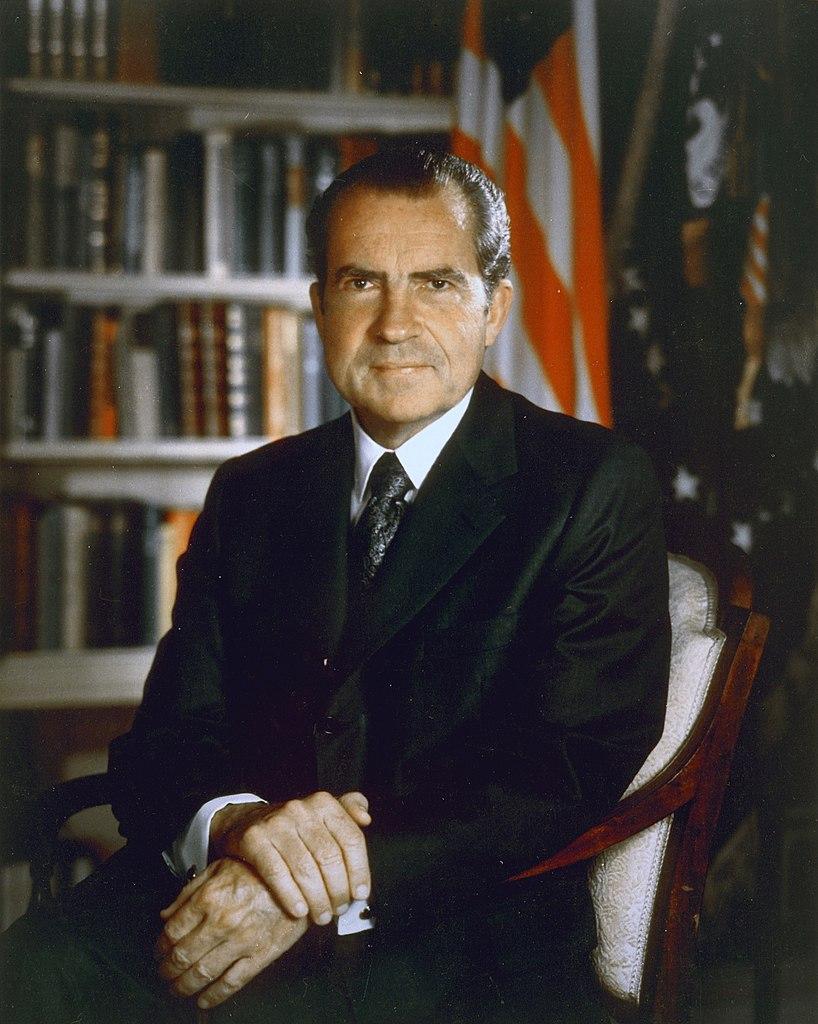President Richard Nixon, who served as the 37th President of the United States from 1969 to 1974, is widely known for several of his domestic and foreign policy initiatives. One of the most significant among them was the creation of the Environmental Protection Agency (EPA) in 1970.
Before the establishment of the EPA, the environment was not a priority for the federal government, and various environmental problems such as air and water pollution, hazardous waste disposal, and the destruction of natural habitats were left to be addressed by the states. However, with the rise of environmental awareness in the 1960s, the need for a federal agency to oversee environmental protection became more pressing.
The American conversation about protecting the environment began in the 1960s. Rachel Carson had published her attack on the indiscriminate use of pesticides, Silent Spring, in 1962. Concern about air and water pollution had spread in the wake of disasters. An offshore oil rig in California fouled beaches with millions of gallons of spilled oil. Near Cleveland, Ohio, the Cuyahoga River, choking with chemical contaminants, had spontaneously burst into flames. Astronauts had begun photographing the Earth from space, heightening awareness that the Earth’s resources are finite.
In response to this growing need, President Nixon proposed the creation of the EPA and signed the bill into law on December 2, 1970. The EPA was tasked with protecting human health and the environment by enforcing environmental laws, conducting research, and providing education and outreach to the public. The agency was also given the power to regulate emissions from factories and vehicles, to enforce the Clean Air Act and Clean Water Act, and to oversee the disposal of hazardous waste.
President Nixon faced several challenges in trying to pass the legislation that created the Environmental Protection Agency (EPA). Some of these challenges included:
- Political opposition: Many politicians, especially those from the business and industrial sector, were opposed to the creation of the EPA. They saw it as an unnecessary burden on industry and a threat to economic growth. They argued that the regulations imposed by the EPA would result in higher costs for businesses and could lead to job losses.
- Limited resources: The EPA was created during a period of limited resources for the federal government, and many questioned the need for a new federal agency. There was concern that the creation of the EPA would divert resources from other important government programs.
- Lack of public awareness: At the time, the public was not widely aware of the environmental problems facing the country, and there was limited public support for the creation of the EPA. Nixon had to work to educate the public about the importance of environmental protection and the role of the EPA in addressing these problems.
- Resistance from industry: The business and industrial sector was heavily invested in the status quo and opposed any changes that could impact their bottom line. The EPA faced resistance from these sectors, who saw the new regulations as a threat to their profits.
- Complexity of environmental problems: The environmental problems facing the country were complex and interrelated, and there was limited understanding of how to address them. The EPA had to work to develop effective regulations and programs to address these problems.
Despite these challenges, President Nixon was able to successfully pass the legislation that created the EPA, and the agency has since become one of the most important federal agencies in the protection of the environment. The EPA’s creation marked a significant turning point in the history of environmental protection in the United States and has had a lasting impact on the health of the environment and the well-being of future generations.
One of the EPA’s first major initiatives was the launch of the Clean Air Act, which aimed to reduce air pollution and improve the air quality of the nation. The Clean Water Act, which was enacted in 1972, aimed to restore and maintain the chemical, physical, and biological integrity of the nation’s water resources. These laws, along with the creation of the Superfund program in 1980, which provided funding for the cleanup of hazardous waste sites, established the EPA as a major player in the protection of the environment.
Under the leadership of its first administrator, William Ruckelshaus, the EPA quickly established itself as a strong and effective agency. Ruckelshaus, who served as the EPA’s administrator from 1970 to 1973, was known for his commitment to environmental protection and his willingness to take on major corporations and industries that were polluting the environment.
However, the EPA’s power and influence were not without controversy. The agency was criticized by some for its regulations, which were seen as burdensome and costly to industry, and for its enforcement actions, which were viewed as heavy-handed. Despite these criticisms, the EPA remained committed to its mission and continued to work towards protecting the environment and human health.
In conclusion, President Richard Nixon’s creation of the EPA was a significant moment in the history of environmental protection in the United States. The EPA has played a crucial role in addressing environmental problems, enforcing environmental laws, and promoting environmental awareness. Today, the EPA remains one of the most important federal agencies in the protection of the environment and continues to work towards a cleaner and healthier future for all Americans.
In recognition of its important work, the EPA has received numerous awards and accolades, and has been recognized as one of the most effective environmental agencies in the world. President Nixon’s legacy in environmental protection will forever be remembered as a major contribution to the preservation of the environment and the health of future generations.
References:










